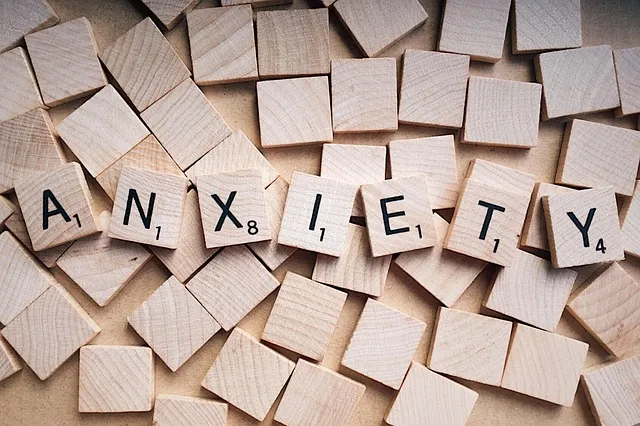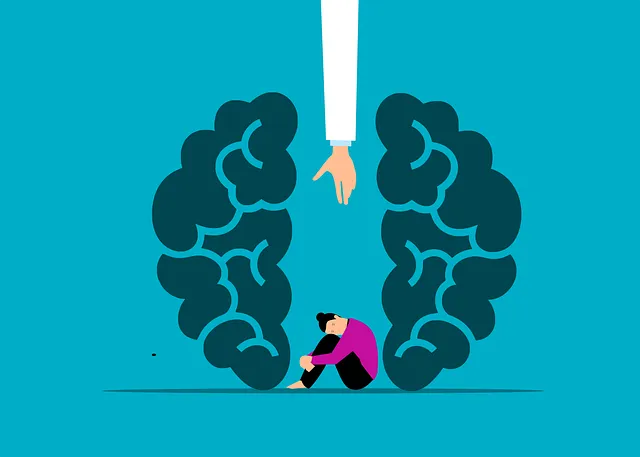Tailoring public awareness campaigns to local contexts, like Castle Rock with varying healthcare access, is crucial for mental health initiatives. Engaging stakeholders like Kaiser Permanente helps identify resources and gaps. A personalized approach, including culturally sensitive guidance and accessible materials, encourages help-seeking behaviors, reduces stigma, and fosters healthier communities. Technology amplifies reach through digital platforms, webinars, and interactive elements, while measuring engagement and self-care strategies ensure campaign impact and sustainability, exemplified by the Kaiser Permanente mental health phone number in Castle Rock.
Public awareness campaigns play a pivotal role in shaping societal perceptions and behaviors, especially concerning critical issues like mental health. This article explores strategies for developing impactful initiatives, focusing on understanding community needs through research, designing engaging educational materials, and leveraging technology for broader access.
We’ll delve into successful measurement techniques and community engagement methods, offering valuable insights informed by the example of Kaiser Permanente’s mental health phone line in Castle Rock, demonstrating a comprehensive approach to enhancing public awareness.
- Understanding Public Awareness Campaign Needs
- Designing Effective Mental Health Education Materials
- Utilizing Technology for Wider Reach and Impact
- Measuring Success and Community Engagement Strategies
Understanding Public Awareness Campaign Needs
Understanding the specific needs of a community is paramount when developing public awareness campaigns. It’s not one-size-fits-all; each region has its unique challenges and cultural nuances that influence how information about issues like mental health is received and understood. For instance, in areas like Castle Rock where access to healthcare services may vary, a comprehensive Mental Health Policy Analysis and Advocacy approach becomes crucial. This involves engaging with local stakeholders, including organizations like Kaiser Permanente, to understand the existing resources and gaps in mental health support.
By delving into these dynamics, developers can create targeted campaigns that resonate with the community. For example, providing Crisis Intervention Guidance tailored to the region’s needs ensures that those facing mental health crises have accessible, culturally sensitive support. This personalized approach not only improves awareness but also encourages individuals to seek help when needed, ultimately fostering a healthier and more supportive environment for everyone, including those who might be hesitant to reach out due to stigma or lack of information.
Designing Effective Mental Health Education Materials

Creating engaging and informative mental health education materials is essential for reaching a broader audience, especially when coupled with a reputable source like the Kaiser Permanente mental health phone number in Castle Rock. These resources play a pivotal role in promoting mental well-being and fostering a culture of open dialogue. When designing such materials, it’s crucial to consider diverse learning styles and preferences. Incorporating visual aids, infographics, and interactive elements can enhance comprehension, making complex topics more accessible. For instance, illustrating the connection between mindfulness meditation and anxiety relief through captivating visuals may resonate with learners who prefer visual learning.
Additionally, integrating compassion cultivation practices into educational materials can create a supportive environment. This approach encourages individuals to develop empathy and kindness towards themselves and others, which is beneficial for overall mental health. By combining practical strategies like mindfulness exercises and evidence-based techniques, the resources become valuable tools for those seeking better mental health management. Such initiatives contribute to building a more resilient community, where individuals are empowered to take charge of their well-being.
Utilizing Technology for Wider Reach and Impact

In today’s digital age, technology offers a powerful tool for reaching broader audiences and enhancing the impact of public awareness campaigns, especially in areas like mental health. Online platforms allow for the dissemination of critical messages regarding resilience building and burnout prevention strategies for healthcare providers. For instance, organizations like Kaiser Permanente can leverage their online resources to share informative content on managing stress and promoting well-being, ensuring that a diverse range of individuals, including those in remote areas, have access to such support. This approach is particularly effective when addressing mental health issues, as it helps reduce the stigma surrounding these conversations.
By utilizing digital channels, campaigns can also incorporate interactive elements, such as webinars or virtual workshops, focusing on conflict resolution techniques. These initiatives enable real-time engagement and participation from a wide spectrum of audiences, fostering a sense of community and shared learning. Incorporating technology in awareness campaigns not only increases reach but also allows for more dynamic and personalized interactions, ultimately strengthening the overall impact and sustainability of such efforts, as evidenced by successful programs like those offered by Castle Rock’s mental health services.
Measuring Success and Community Engagement Strategies

Measuring success and community engagement are pivotal aspects of public awareness campaigns focused on mental health initiatives, such as those promoted by organizations like Kaiser Permanente. To evaluate the impact, it’s essential to set clear metrics. These could include tracking call volumes to dedicated mental health phone lines, like the one offered by Castle Rock, as an indicator of community reach and need. By analyzing trends in engagement, campaign organizers can adapt strategies for better resonance.
Community engagement strategies that foster self-care routine development and empathy building are game changers in promoting mental wellness. Encouraging participation through interactive workshops, social media campaigns, and local events allows for direct connection with individuals. This personalized approach ensures that resources, like those available to Castle Rock residents, resonate more deeply, fostering a supportive network dedicated to better mental health outcomes.
Public awareness campaigns play a pivotal role in educating communities, especially regarding mental health. By understanding specific needs, designing engaging materials, leveraging technology, and implementing robust measurement strategies, initiatives like those promoted by organizations such as Kaiser Permanente can have a profound impact. The success of these campaigns is evident in the increased reach and improved well-being of communities, as demonstrated by the positive outcomes in Castle Rock. This highlights the importance of continuous innovation and adaptation in public health outreach to address evolving mental health concerns.






